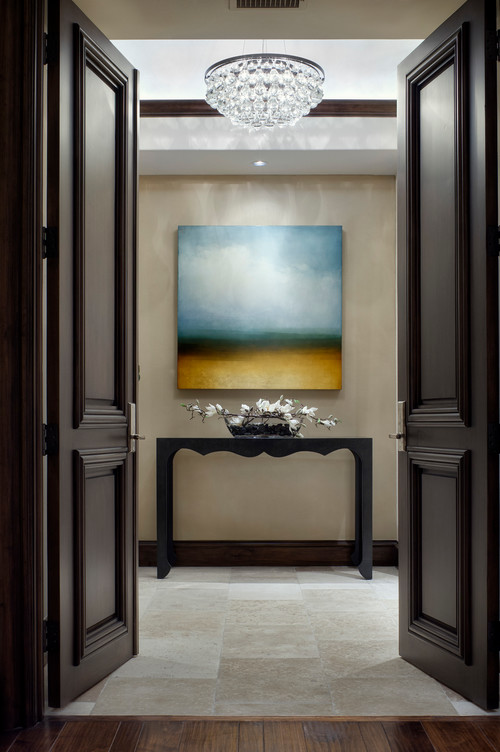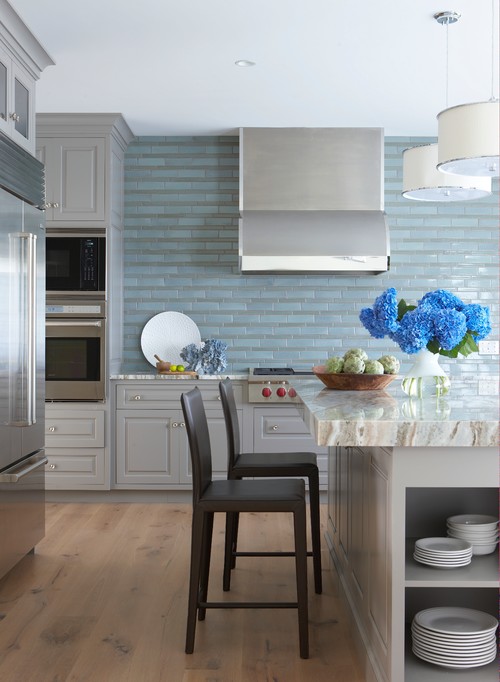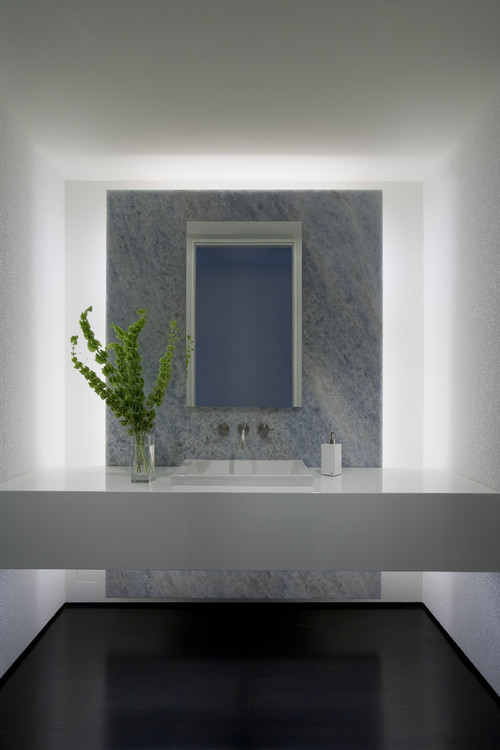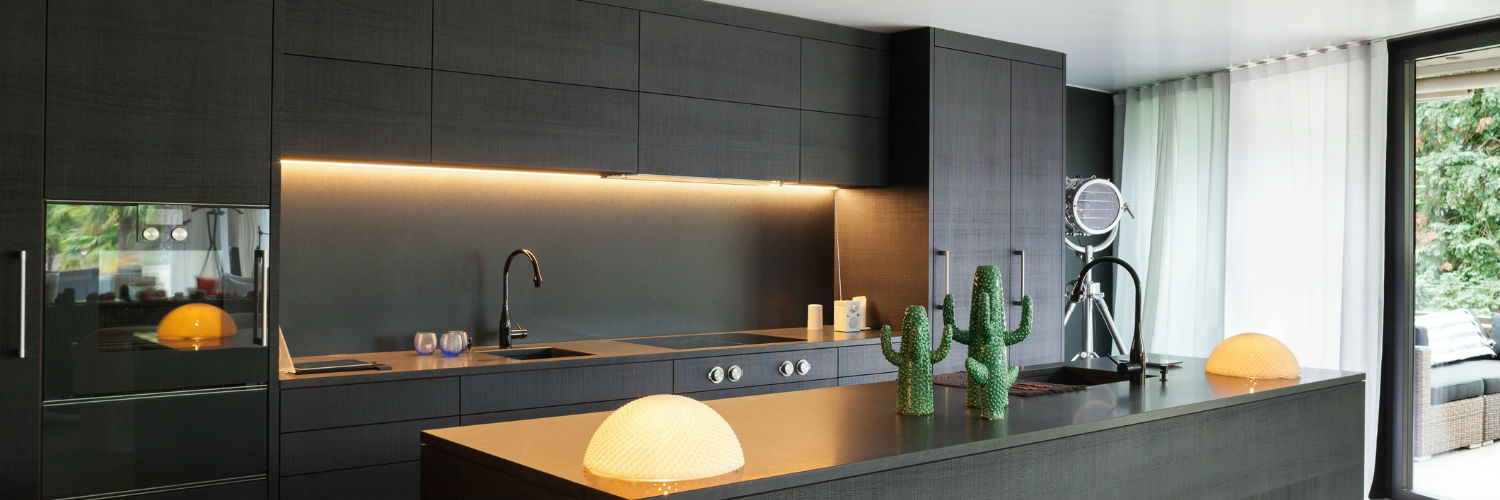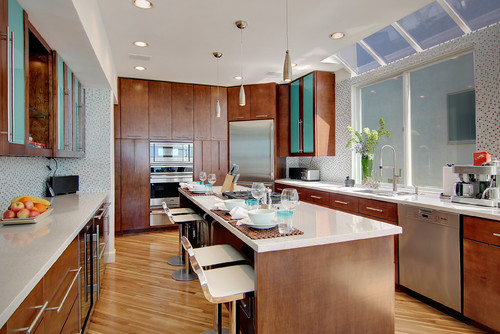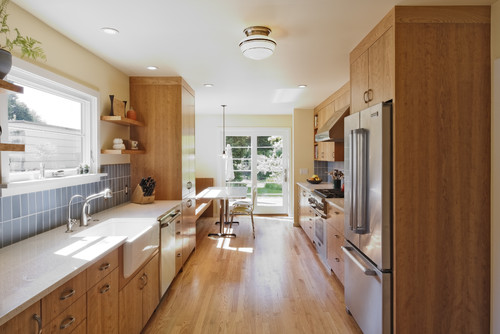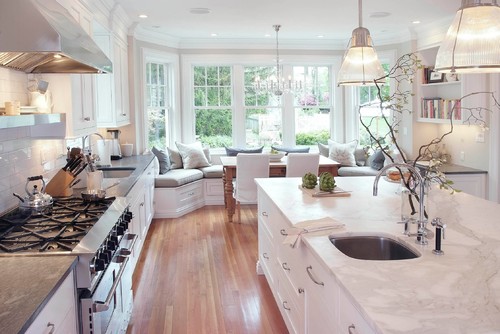What You Need to Know About Solar Panels


Once you have decided to install solar panels, it’s important to research which solar panels are best for you, your home and your budget.
Guest post by Lauren White
The solar panel industry has developed exponentially, in the past decade. Much of that is owed to increased demand. According to the Department of Energy, Americans use 23 times more solar energy now than we did around ten years ago.
Homeowners have more solar energy options than ever before. In order to meet demand and outshine the competition, companies are putting their resources toward research and development. They are constantly working toward creating more efficient and innovative solar energy technology.
Once you have decided to install solar panels, it’s important to research which solar panels are best for you, your home and your budget. There are generally three solar panel choices for residential homes: Thin-Film, Polycrystalline and Monocrystalline. These three panels are part of solar photovoltaic (PV) systems, which means they convert the sun’s photons into electricity.
Thin-Film
Perfect for: The homeowner with a small budget, a low-to-average rate of energy consumption, and lots of area for installation.
The cells of thin-film panels are constructed by layering photovoltaic material on glass, metal or plastic. These layers can be measured in nanometers, significantly thinner than in traditional panels. Their thin construction makes them lightweight and flexible, and they have a low cost of production. As such, they come at a lower cost to consumers.
One drawback of this technology is its rate of degradation. These solar panels have an average life expectancy of 10-15 years, depending on the photovoltaic material used. Comparatively, monocrystalline solar panels have a life expectancy of 25-35 years.
Another drawback is their low efficiency rating of 7-15%. This rate doesn’t work well for homes consuming more than the national average of 11,000 kWh per year. Also, these panels must be installed over a significant amount of space, which can be a deterrent for homeowners with limited area for installation.
In recent years, technology has improved and certain thin-film technologies are pushing past 20% efficiency. With a higher efficiency rating, this technology can meet higher energy demands and become a greater competitor in the market.
Polycrystalline
Perfect for: The eco-conscious homeowner with wiggle room in their budget, an average rate of energy consumption, and perhaps a penchant for the color blue.
Polycrystalline panels are constructed by melting silicon into molds to create perfect square “wafers.’ These wafers of silicon are then installed on a grid to form the panel. The cost of making these panels is relatively low and the process produces minimal waste. This makes polycrystalline a more affordable option than the original solar panel, monocrystalline.
The efficiency rating for polycrystalline panels is typically 13-16%. They would perform best in homes with typical rates of consumption. You will still need a significant amount of installation space, for these panels, in order to achieve optimal benefits. You must also take into consideration whether or not your taste will agree with their blue tint.
Monocrystalline
Perfect for: The homeowner with less roof space for installation and/or a higher rate of energy consumption, who wants a longer-lasting product and can make a sizeable investment.
Monocrystalline panels were the first solar panels to be made available. Currently, they are some of the most expensive. Each panel is created using high-purity silicon cut into “wafers.” These silicon wafers are extremely efficient at converting photons into energy, with monocrystalline panels hovering around a 22% efficiency rating.
Since these panels can convert more energy per square foot, you won’t need as much space for installation. Greater energy conversion also means you’ll be able to power more appliances, like hot tubs, heated pools and electric cars.
Get What You Pay for—and Then Some
In most cases, homeowners surveyed by HomeAdvisor say the cost of installing solar panels is much less than their projected energy savings over a twenty year period. In fact, it’s been estimated that, in 2017, homeowners in Massachusetts and California will save double their investment in solar energy.
Calculate Your Estimated Savings
If you’re not sure of your ROI, Google has a convenient tool called Project Sunroof, which will calculate your estimated savings based on your specific home address. As for your installation cost, you can request local estimates through HomeAdvisor to get a realistic figure for budgeting.
While you’re doing your research, or when you are speaking with a professional, see what’s new and on the horizon in the industry. These technologies are developing so rapidly, there are breakthroughs on a yearly basis. In July of 2017, for example, scientists developed a solar cell with 44.5% efficiency. There is hope that this technology, and others like it, can be streamlined and integrated into the residential and commercial solar market.
Source: Coldwell Banker Blue Matter Blog
Privacy-Minded Home Security Options for the Camera Averse
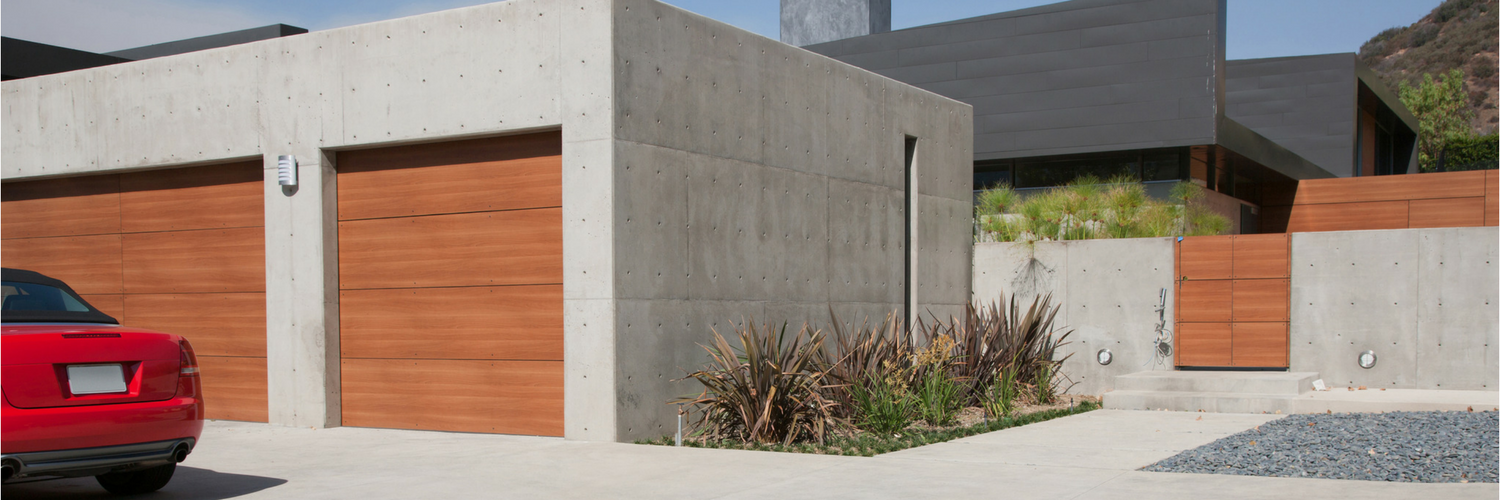

As a homeowner, security and privacy can be an important priority. Learn about how to secure your home without always keeping a watchful eye.
Guest post by Eric Murrell
It’s never been easier to secure your home, thanks to an abundance of new gadgets on the market. Setups that once required professional installation and thousands of dollars in highly technical equipment are now easy to put together with off-the-shelf products and a few inexpensive apps. It’s a great time to be a consumer, and frankly, a bad time to be a criminal.
All of these new gadgets and services are great, but what if you’re worried about your privacy? Hacks and security breaches in the news—or simply the fear of loss of privacy between family members—have made some people uncomfortable with a camera-based security system inside their home. Thankfully, you can still make high-tech upgrades to your home to keep you safe without always keeping a watchful eye.
The first option to consider is a modern twist on a classic home security setup: motion sensors. Whether it’s a motion-sensitive light on your front porch or a few sensors placed around the home, motion-activated lights and alarms can be a surprisingly effective deterrent to the average thief.

Using today’s smart home technology, it’s easier than ever to add battery-operated sensors to strategic spots around your home. Both inexpensive and easy-to-install, these new sensors can trip lights and alarms like the old ones, but can also pair with a smart home hub to send instant alerts to your smartphone the moment an intruder is detected. Take a close look at your new thermostat or other smart devices; many include motion sensors that are already built-in.
To add an additional layer of security, purchase smart door and window sensors that serve as a first line of defense from the outside world. Like the motion sensors, inexpensive models are available that integrate with most smart home platforms. It’s simple to configure open and closed alerts, but you might find it even more helpful as a passive form of home security. Worried that you forgot to close the garage door after letting the dog out? By taking a quick glance at an app while you work, you can know for sure.
Even if you rule out in-home smart cameras, do consider having smart cameras outside your home so you can see if packages are delivered and if there are any trespassers in your yard. The most well-regarded systems now include location-based privacy features that use your smartphone to automatically adjust their settings, offering an unprecedented combination of privacy and security. Using the GPS signal from your phone, it’s easy to activate your full security network when you leave the house, and have the cameras automatically turn a blind eye the second you pull in the garage.
Security is personal for every family. Explore your device options, and even ask your internet service provider if they offer a home security solution, as bundling services often results in additional savings. Likewise, your ISP may offer the ability to control all of your existing home security gadgets from a centralized app. Whether you install array of sneaky sensors or smart locks, there are a wealth of connected home devices that can help keep your family safe without betraying their privacy. A good night’s sleep is only an app away.
Source: Coldwell Banker Blue Matter Blog
Not Getting the Media Coverage You Want? 3 Tips on Getting Free Publicity in the News
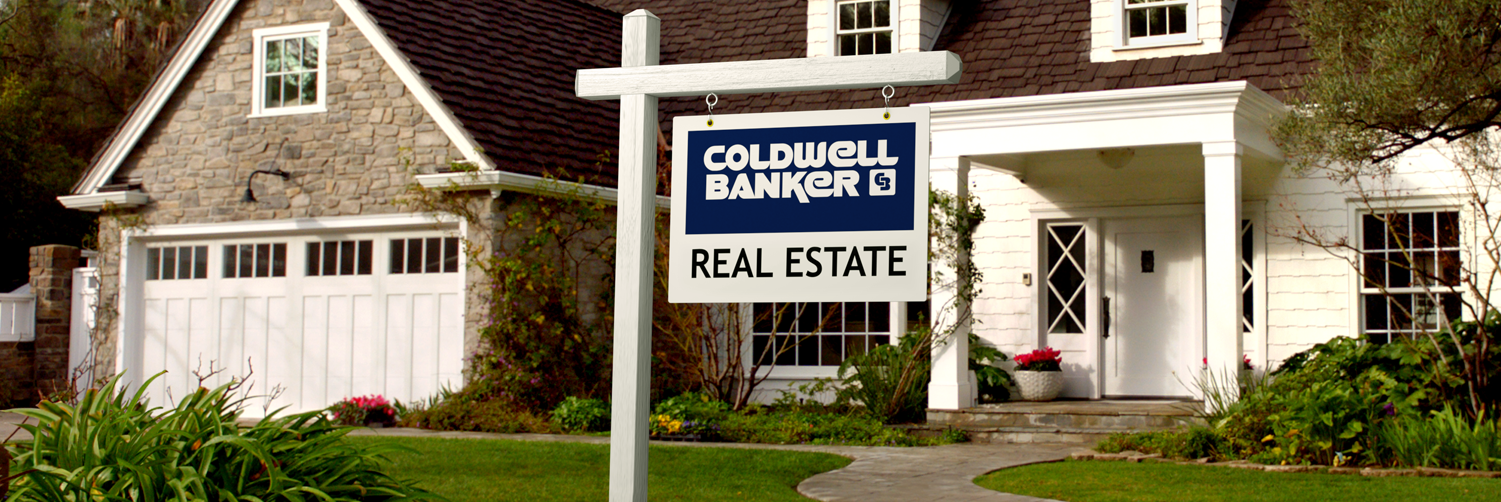

If you were at a cocktail party, standing with a group of people, what is the one thing about your company that is going to make everyone want to know more?
<– Go back to the Real Advantages home page
Public relations was a hot topic at the recent Inman Connect San Francisco. And it’s no surprise why: PR can be a powerful promotional tool for a business to gain free exposure in their local news. Yet often real estate companies are not using PR in their marketing mix, give up after a few unsuccessful attempts of not getting coverage or confusing PR with advertising.
PR is earned media – not paid media. The core difference is that advertising is pay for play, where you are in control. If you can afford to pay for the placement of an advertisement, you control the message, you control when its distributed, and you control how long it’s out in the marketplace. In PR, the control is in the hands of the media. The reporter and media outlet control if and when it will run, how that story will be written or edited, and who else will participate in it. In PR you have to “earn” your way in by “pitching” media on an idea and convincing them why a particular story is worthy of coverage and why you should be interviewed for that story.
Coldwell Banker can help you navigate through the complexities of PR. Here are 3 tricks of the trade for generating media exposure in real estate:
IT’S A 24/7 NEWS WORLD. Take advantage of this by using your MLS data and packaging it up with the monthly National Association of Realtors (NAR) Existing Home Sales report. Around the third week of each month, NAR issues national real estate data. Not only is this information of national interest, but you also can give it local appeal by adding those same data points from your MLS – things like average home price, inventory levels and time on market. When you compare the national numbers to the local numbers, ask yourself: Is your average sales price up or down compared to the nation? Are your days on market longer or shorter? These comparisons are a great way to “localize” the story. There isn’t an easier way to position yourself and your company as the premier source of local real estate information to the media and its readers/viewers.
BREAK THROUGH THE NOISE. Reporters are inundated with story ideas, so make sure your pitch or press release stands out. For example, if you’re opening a new office somewhere in town, don’t write the traditional press release announcing the opening of this office. Why not paint a bigger picture? What’s happening in that area of town? Has there been recent construction for new commercial development? New home developments? Interstate/highway expansion? Population growth in this area? You will have to do a little research, but packaging up your new office opening with a larger story of city/neighborhood growth could increase your chances of actually getting coverage. Yes, the story won’t be exclusively about your new office (let’s be honest that story was never going to run anyway), but now you might get included in the larger story as a source and potentially getting your company mentioned as a part of that growth story.
TELL THE RIGHT STORY OF A HOME. Coldwell Banker Global Luxury represents some of the world’s most stunning homes that generate national media coverage. The key to getting the media’s attention when it comes to covering a luxury or notable listing is getting outside the listing description model for a press release. Is the owner someone notable? Use the first 50 words to tell that story. If the owner isn’t going to generate headlines, then use that headline and opening paragraph to tell the story of the uniqueness of the property. Does it have smart home or green features? Can you look out a window to see something no one else in town gets to see? Is there some historic element to the house waiting to be shared? Bottom line: If you were at a cocktail party and standing with a group of people, what is the one thing about this house that is going to make everyone want to know more? Use that element as your pitch to the media.
Looking for more tips on how to get the most of your real estate PR, visit CB Exchange and search “public relations.”
Source: Coldwell Banker Blue Matter Blog
Helping Find Homes for Dogs in East Tennessee


Coldwell Banker Wallace & Wallace, Realtors® is participating in the National Pet Adoption Weekend and the Homes for Dogs Project during September by promoting adoptable dogs and holding a special “Homes for Dogs” Open House event on Sept. 10th.
Coldwell Banker Wallace & Wallace, Realtors® has been showing East Tennessee the way home for more than 80 years, and we’re excited to once again extend our mission to help find homes for dogs in our area.
Dogs Make a House a Home
Since 2015, the Homes for Dogs partnership with Adopt-a-Pet.com has helped find homes for thousands of deserving shelter dogs.
But it’s not just the dogs who benefit from being part of a loving home. There is research that shows how dogs can positively impact our psychological as well as physical health. It isn’t a coincidence that you feel better coming home to your dog after a long stressful day. Studies have found that during heart rate and blood pressure testing, patients were calmer and had better test results when a dog was present.
Plus the exuberance dogs show when you start to put on a pair of sneakers is a great motivator for enjoying more active time spent together outdoors.
Helping Dogs in East Tennessee
Coldwell Banker’s Homes for Dogs project is now in its third year, and at Coldwell Banker Wallace & Wallace, Realtors® in East Tennessee, we are ‘doggone’ happy to be taking part again.
All across the nation, real estate agents are doing their part to participate in the National Pet Adoption Weekend September 9th and 10th, 2017.
In Knoxville, we will be working with our local Adopt-a-Pet partner, the Humane Society of the Tennessee Valley. First, we’ll be promoting adoptable shelter dogs with our “10 Days of Dogs” campaign on social media. Beginning September 1st, a different shelter dog will be featured each day across all the company’s social media platforms. We hope that by helping to showcase some of these amazing furry friends, they will be that much closer to finding their forever homes.
We’re collecting items from the shelter’s wish list at each of our six area office locations. We have placed special donation containers in our office lobbies where consumers can drop off greatly appreciate items that we will deliver to the shelter. Click here to find a list of items needed by the shelter.
Finding Homes for All
Since we’re also in the business of finding homes for people, real estate agents at Coldwell Banker Wallace & Wallace, Realtors® will be holding a number of properties open on September 10th as part of this special event. We invite the public to visit any of our open houses that day and register to win one of six GPS pet trackers being given away. We’re hoping to help a few beloved pets make sure they always find their way back home. Consumers may also bring donated items for the shelter to any of our open houses on Sept. 10th.
Our company has been fortunate to be part of the community in East Tennessee since 1936. It has been our great honor to help thousands of our neighbors find their Knoxville home for more than 80 years. Many of our more than 350 sales professionals are passionate pet owners, and they look forward to taking part in this campaign to help find homes for dogs, our favorite four-legged friends.
Source: Coldwell Banker Blue MatterBlog
Coldwell Banker Offices Across America Team Up For National Adoption Weekend


Coldwell Banker and Adopt-a-Pet.com Host the Homes for Dogs National Adoption Weekend September 9-10, 2017
Su Amsden and Casey Lukowski with Coldwell Banker Coastal Alliance in Long Beach, California, have always had a love for animals. So when Coldwell Banker launched a program to help find homes for adoptable dogs three years ago, they immediately got to work on hosting an adoption event in their own community.
“It was a no-brainer,” Amsden said. “There are thousands of shelter animals who need homes. Adoption gives them a second chance at life.”
On September 9-10, 2017, hundreds of Coldwell Banker Real Estate offices and animal shelters across the country are joining Coldwell Banker Coastal Alliance for the Coldwell Banker Homes for Dogs National Adoption Weekend. The event is part of the “Homes for Dogs Project,” a program launched in 2015 by Coldwell Banker and Adopt-a-Pet.com, North America’s largest non-profit pet adoption website.
In 2015 alone, the project helped facilitate more than 20,000 adoptions through a national adoption weekend and countless local events like the ones Su and Casey hosted. Coldwell Banker made the “Homes for Dogs Project” the centerpiece of its advertising campaign to raise additional awareness. This past spring, the real estate brokerage dedicated its March 2017 commercial “Somebody to Love,” to the program, which was was applauded by the New York Times and rated one of the highest ranking ads of all time by Ace Metrix.
“Coldwell Banker is a unique position to touch local communities because of the sheer scope and passion of our network,” said David Marine, senior vice president of marketing, Coldwell Banker Real Estate LLC. “The ‘Homes for Dogs Project’ is more than just a campaign. It’s a unified movement that we can all rally around and know we are making a difference.”
Amsden and Lukowski agree. “Our event brings awareness to the community and is a great morale booster for the volunteers, most of whom are agents who work hard at what they do. This really brings joy to everyone involved,” said Lukowski.
Want to participate in the Homes for Dogs National Adoption Weekend? Visit: http://www.adoptapet.com/homesfordogs.

 Facebook
Facebook
 X
X
 Pinterest
Pinterest
 Copy Link
Copy Link


